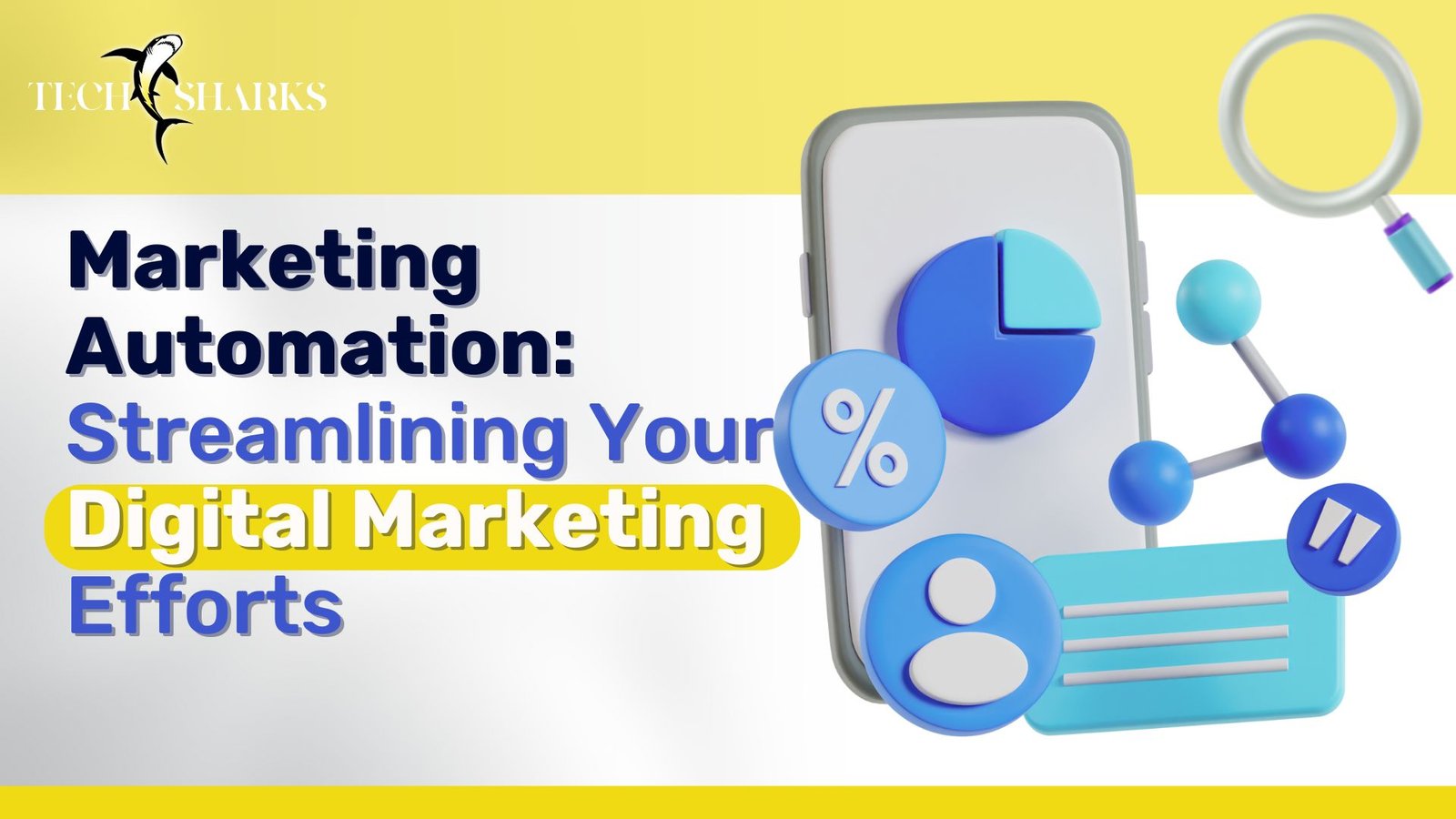Let’s face it — email marketing isn’t going anywhere. Despite the rise of social media, AI chatbots, and video-first content, email continues to be one of the most personal and effective ways to reach your audience. But there’s one practice that separates guesswork from growth: A/B testing in email marketing.
Now that it’s 2025, some marketers wonder: Does A/B testing still work? The short answer is — yes. But like everything in digital marketing, the approach has evolved.
In this blog, we’ll explore what A/B testing in email marketing still works, what’s outdated, and how you can adapt your strategy for real results in today’s crowded inboxes.
What is A/B Testing in Email Marketing?
A/B testing (also called split testing) is when you send two different versions of an email to a small portion of your audience to see which one performs better. Based on the results, the winning version is sent to the remaining subscribers.
It’s a simple way to test small tweaks — like subject lines, visuals, CTAs — and make data-backed decisions that improve open rates, click-throughs, and conversions.
In 2025, with smarter automation tools and AI-enhanced analytics, A/B testing is more powerful than ever — if used thoughtfully.
What Still Works in 2025?
1. Subject Line Testing (Still the King)
Your subject line is the first (and sometimes only) impression you make. Testing different tones, emojis, personalization, or even length can lead to dramatic differences in open rates.
What to test:
Emojis vs no emojis
Personalised (“Hey John”) vs generic
Urgency (“Ends Tonight”) vs Curiosity (“You’ll want to see this”)
2. Call-to-Action (CTA) Placement & Copy
The CTA is where clicks happen — or don’t. A/B testing your CTA’s placement (top vs bottom), wording (“Shop Now” vs “Explore More”), or design (button vs link) can give you real insight into what moves your readers.
What to test:
One CTA vs multiple CTAs
Button vs text link
Action-oriented text (“Grab Yours”) vs benefit-led (“Save 30% Today”)
3. Send Times (Still Matters — But Needs Context)
With inboxes more crowded than ever, timing still plays a role. Test weekdays vs weekends, mornings vs evenings — but don’t generalize. What works for B2B SaaS may flop for a fashion DTC brand.
What to test:
Tuesday 9AM vs Friday 6PM
Segment-based timing (Gen Z vs millennials)
Time zone personalization
4. Personalization & Segmentation
In 2025, generic emails don’t cut it. But personalization doesn’t just mean using first names — it’s about relevance.
What to test:
Dynamic product recommendations
Location-based offers
Behaviour-triggered content
A/B testing different personalization angles will tell you what feels real vs robotic to your readers.
What’s Outdated or Less Effective?
1. Testing Only for Vanity Metrics
Open rate used to be the holy grail. But with Apple’s Mail Privacy Protection and other privacy tools, opens are becoming less reliable.
Instead, focus on clicks, time spent, and conversion data when running A/B tests.
2. Running One-Off, Low-Volume Tests
A single test with 100 people won’t give reliable data. A/B testing works when you:
Test one element at a time
Have a large enough sample size
Run tests consistently, not just once a quarter
3. Testing Things That Don’t Matter
Not everything needs testing. Avoid wasting time on tiny visual changes like button color unless you already have a well-optimized foundation.
How to Run a Smart A/B Test (in 2025 Style)
- Pick ONE variable to test — Subject line, CTA, layout, etc.
- Decide your goal — More opens? More clicks? More purchases?
- Split a representative sample — Your audience should reflect your overall list.
- Let it run long enough — Ideally 24–72 hours depending on list size.
- Choose a winner based on meaningful metrics — and apply it!
Final Thoughts: It’s About Learning, Not Just Winning
Here’s the truth: Not every A/B test will deliver a mind-blowing result. Some might surprise you, others will flop.
But the real value of A/B testing in email marketing isn’t always in the lift — it’s in what you learn about your audience.
What language resonates? What time do they actually click? What type of CTA makes them act?
In 2025, email is still one of the most intimate ways to connect — and A/B testing is your feedback loop.
So test often, stay curious, and keep listening.
Looking to improve your email results? Start with one small test this week. The data will show you the way.




